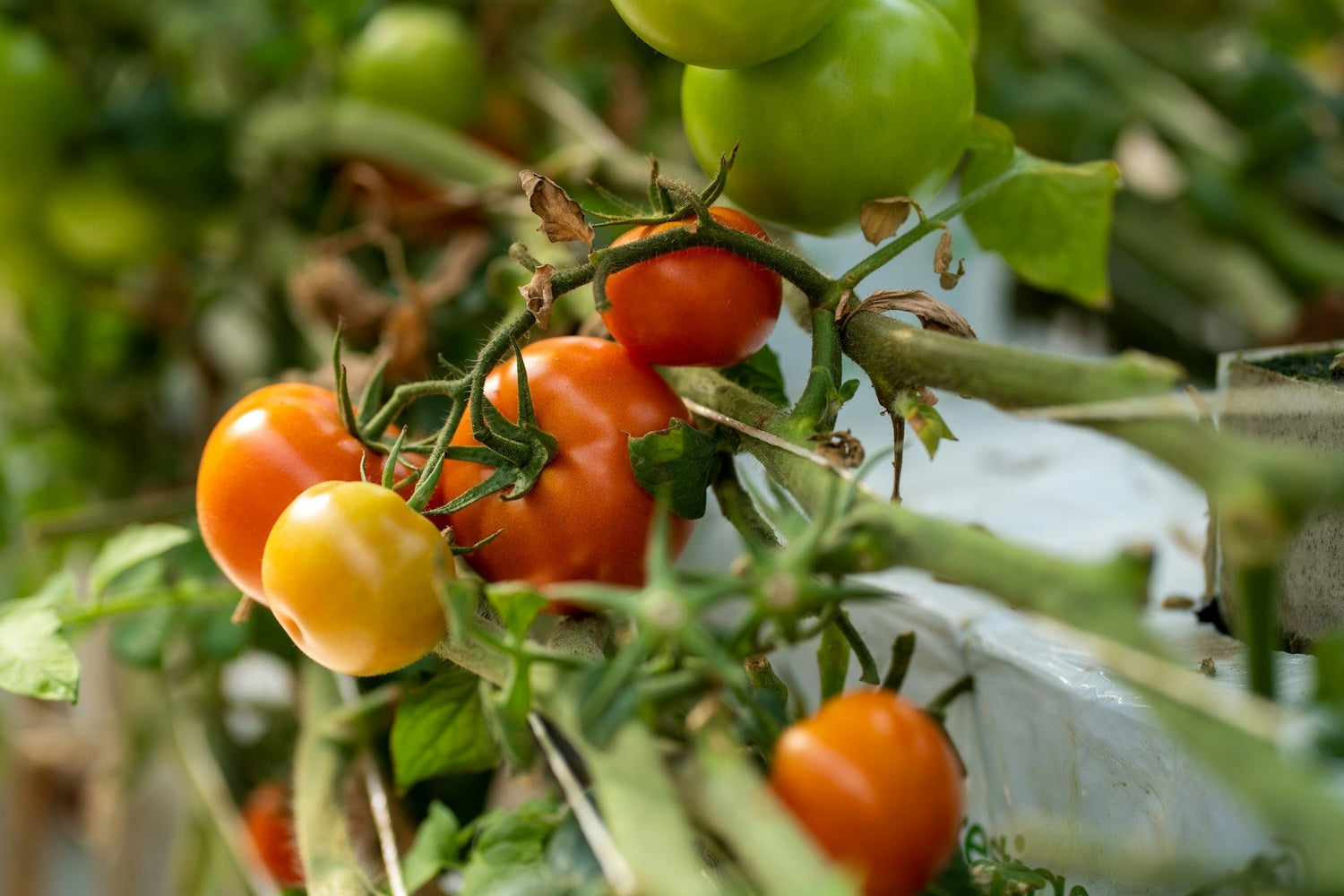Author Vinutha C N
M.Sc. Horticulture
Soil Doctor
Benefits of Crop Rotation: Nature’s Way to Healthier Soil and Better Harvests
Modern farming often focuses on high yields and quick results. But long before chemical fertilizers and pesticides, farmers relied on a simple, powerful practice – crop rotation. This technique involves planting different crops in the same field across seasons instead of growing the same crop repeatedly.
It’s more than just tradition – science proves that crop rotation improves soil health, controls pests, manages weeds, and ensures long-term farm sustainability. Let’s explore how this natural method benefits farmers.
1. Improved Soil Fertility
When the same crop is grown continuously, it pulls the same nutrients from the soil, leading to depletion. Crop rotation restores balance naturally:
- Leguminous crops (like pulses) fix nitrogen in the soil.
- Deep-rooted crops bring up nutrients from lower layers.
- Alternating plant families ensures no single nutrient is exhausted.
This cycle enriches the soil and reduces dependence on chemical fertilizers, helping farmers improve soil productivity naturally.
2. Natural Pest and Disease Control
Every crop has its own set of pests and diseases. Repeated cropping allows these problems to multiply. Rotation breaks this cycle:
- Rotating crops confuses pests and reduces their populations.
- Disease-causing organisms lose their preferred host.
The result? Healthier plants and reduced pesticide costs.
3. Higher Yield and Better Quality
Healthy soil and reduced pest pressure naturally lead to:
- Stronger plant growth
- Increased yields over the years
- Better-quality produce
Instead of chasing short-term boosts with chemicals, crop rotation ensures steady, long-term productivity.
4. Environmental Sustainability
Crop rotation is eco-friendly. By reducing reliance on chemical fertilizers and pesticides, it:
- Encourages biodiversity (more microbes and earthworms).
- Improves soil structure and water retention.
- Supports sustainable and organic farming practices.
5. Effective Weed Control
Each crop has different nutrient needs and growth patterns. Changing crops regularly helps in:
- Disrupting weeds that thrive under specific crops.
- Reducing the need for chemical herbicides.
🌱 Dr. Soil – Bringing Life Back to Your Soil, Naturally.
Whether it’s through crop rotation or Dr. Soil bio-fertilizers, healthier soil means stronger crops and better harvests. Regenerate your farm with natural, sustainable practices.
A Simple Change, Big Results
Crop rotation is a low-cost, farmer-friendly practice that builds soil health, reduces input costs, and improves yields – all while protecting the environment.
By rotating crops smartly – cereals with legumes, deep-rooted with shallow-rooted, heavy feeders with light feeders – farmers can ensure healthier soil and a secure future.
Crop Rotation = Healthy Soil + Healthy Plants + Healthy Profits



